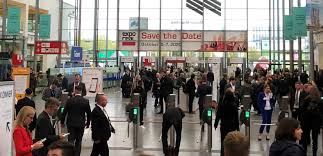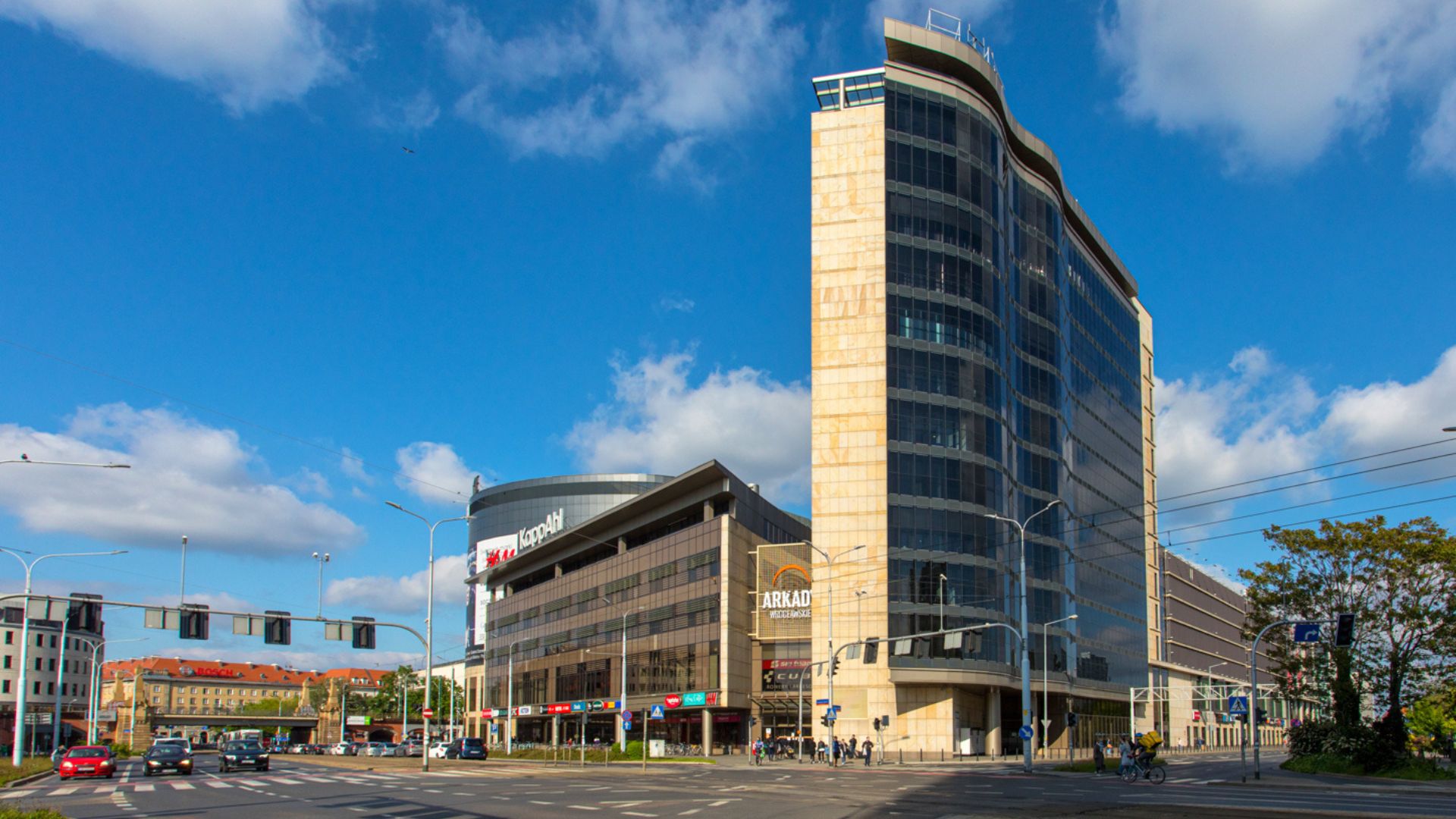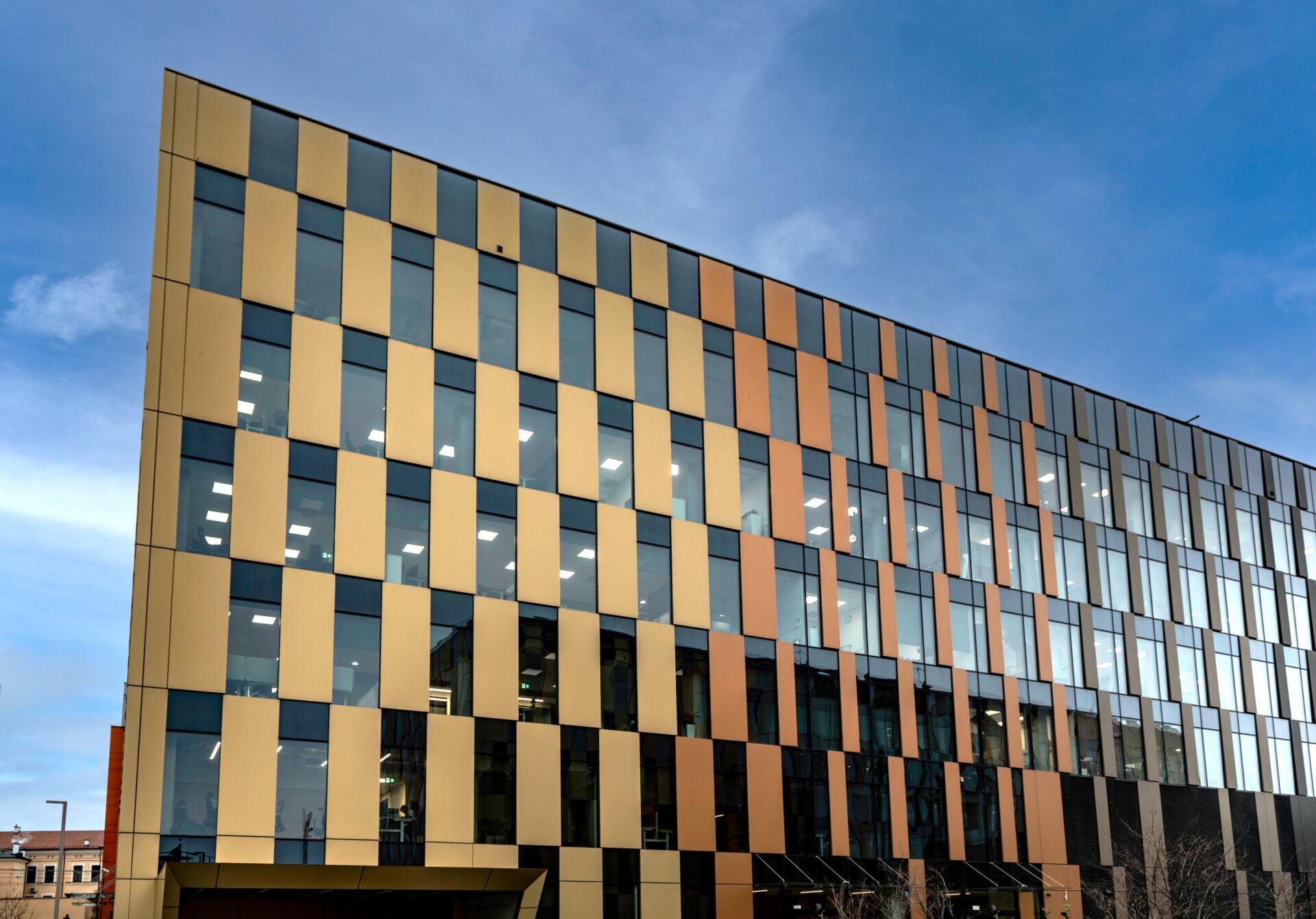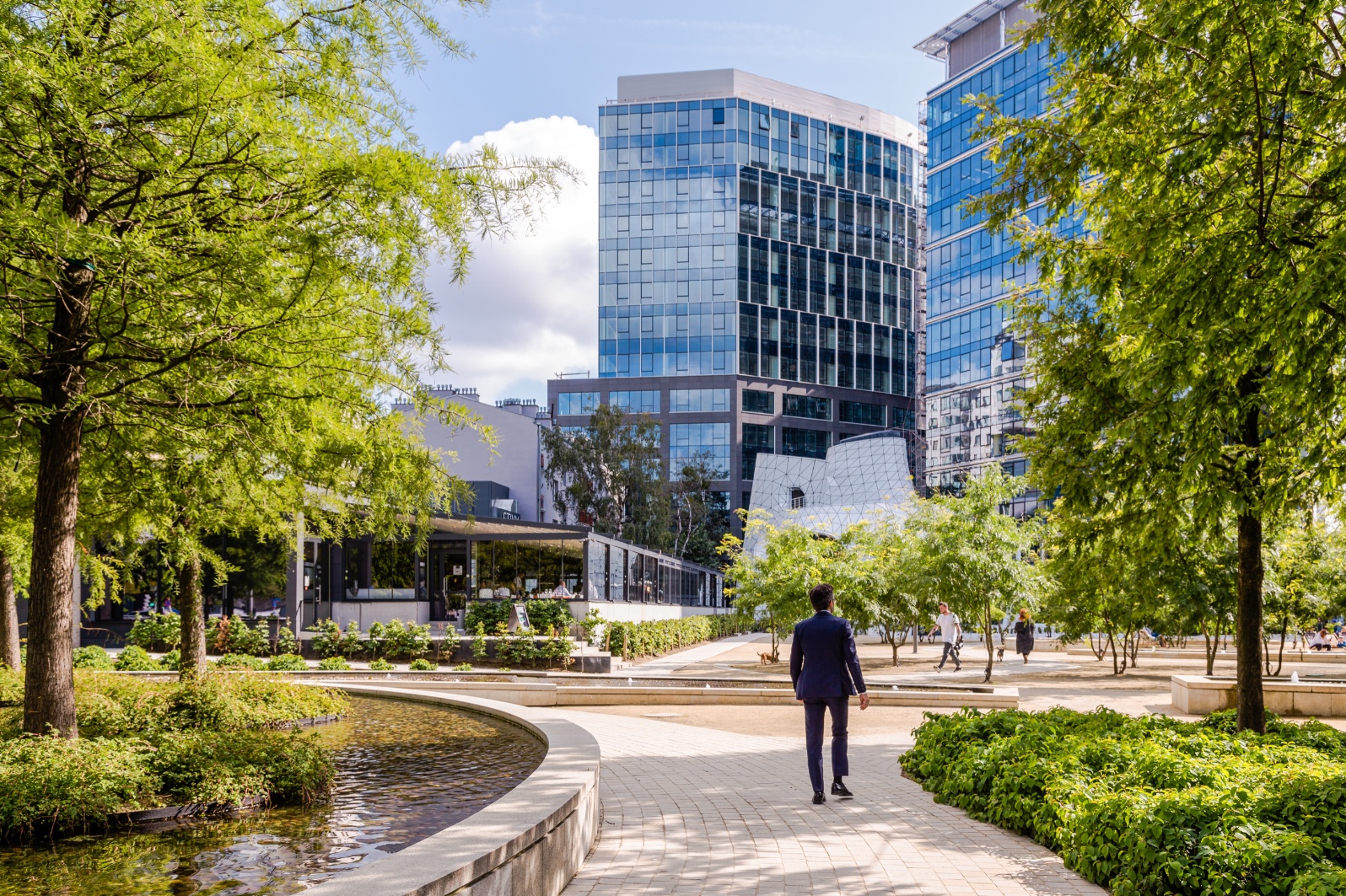Investors have adopted an increasingly diverse set of strategies to commercial property investment, ensuring global investment volumes have remained above the previous peak of end-2007 for the sixth year in a row reaching over US$1.7 trillion on an annual rolling basis, a situation likely to continue into 2020. That’s according to Colliers International, which released its latest Capital Flows Research at the international property and investment trade fair, EXPO REAL.
Key themes in 2019
• The 12-month rolling average for global investment volumes stood at over US$1.7 trillion at mid-2019 and remains significantly ahead of the US$ 1.25 trillion peak of end of 2007.
• Although global political fragmentation is starting to have a global economic impact, investors are responding by undertaking selective strategies to succeed by taking a localised network approach to diversification, allowing them to take informed decisions along the risk curve.
• Much of the globally active capital has shifted momentum into the living and hospitality sectors driven by demographic change, the sharp rise in global tourism and experiential demand.
• The lack of available product, particularly in Europe, is resulting in diverse strategies incorporating core, value-add and opportunistic plays with investors seeking to drive value and returns through repositioning and driving value from increased income streams.
• Investment into debt and development is also on the rise with growth in forward purchase and funding agreements supported by strong latent demand for modern space, especially in areas of constrained availability. Vacancy rates for office and industrial assets are at historic lows across Europe, maintaining and driving rental growth over the next 12 months.
• Although retail is currently in the eye of a structural storm, investment into the sector has expanded since 2017 but away from traditional shopping centres. Retail remains a key component of placemaking in towns and cities, and where it is right-sized and relevant to communities and consumers, can continue to contribute positively to an investment portfolio.
• The shift towards to sustainability and smart cities is increasingly evident in Europe with a growing list of major investors signed up to tackling climate change and reduce their carbon footprint, impacting the assets they will acquire and hold. This runs concurrently with a drive for real assets, notably clean infrastructure and alternative energy, to help drive a better carbon footprint.
• Looking at Europe – it continues to offer both, or a mix of, higher yields and positive currency gains to other global domiciles. Germany is the number one market for investment flows, equally German investors are the biggest net investors across Europe.
“We hit a peak in 2015 and sentiment was that volumes would fall away after that, especially after the referendum vote in the UK in 2016. Yet levels have been maintained ever since. Investors are still buying and demand for commercial property continues, they are just changing what and where they buy,” said Richard Divall, Colliers’ Head of Cross Border Capital Markets I EMEA. “We are increasingly seeing investors moving out of their home markets and diversifying asset class, driven by the search for yield and returns.”
Global Overview
“Restraint among investors, who are contending with a slowdown in global economic growth, political upheaval, and a changing retail landscape are factors contributing to a levelling off of volumes,” said Damian Harrington, Head of Research EMEA. “However, weight of capital and ‘cheap money’ is still immense and that’s not going to change any time soon, especially with lower economic growth rates supressing interest rates. Instead, investors are shifting their strategy from core to value add and opportunistic; others are adapting their buying strategy to more living and hospitality type assets, while others are prepared to engage further in funding or acquiring new developments. We are also seeing more big-ticket platform deals, as the biggest global investors seek to deploy large volumes of capital.”
While global investment momentum continues, activity was far from homogeneous and investors were reacting to the market. Investment fell in the EMEA region but grew in the Americas and Asia-Pacific regions. The latter region broke yet another record as annual rolling volumes hit a new first-half high of US$ 870 billion, according to the latest cross-border flows data from Colliers, albeit driven by investment into development activity in China.
Cross-border Capital
Colliers’ research shows there are significant differences between cross-border and domestic capital across the three main global regions, with Europe offering the most internationalised markets. In Europe, the share of domestic and cross-border activity is balanced at 50 percent each, which has been the case for the last few years. In the Asia-Pacific region this is true in the likes of Hong Kong, Singapore and Shanghai but Seoul and Tokyo remain highly domestic. North American markets are also highly domestic, where national investors account for over 80 per cent of activity. So, we have some significant differences in terms of the capital base at work in major global cities, although the major fund managers domiciled in each location will be representing similar global capital sources in their funds, separate accounts and specific mandates.
“Although there has been a balance of investment activity between European and Global capital across major European cities, the composition of this capital is consistently changing. Between 2012-2015 we witnessed North American, Chinese, Hong Kong and Singaporean capital very much at the forefront of activity,” said Colliers’ Richard Divall. “In 2019, although Singaporean capital remains very acquisitive, Chinese buying activity has curtailed with South Korean capital taking over the reins for core product in the traditional property sectors but also buying into the hospitality sectors. We are starting to see a re-emergence of Australian and Japanese capital making bidding in-roads into the market, and North American capital is getting back into Europe after a few years of recalibration and divestment. Equally, while Germany is the number one market for investment flows in 2019, German investors are also the biggest net investors across Europe and have been making significant plays into the UK, Nordics and Central and Eastern Europe amongst other locations.”
In conclusion Damian Harrington said: “Looking ahead, we expect a continuation of this shift in capital and perhaps a resurgence from China. However, their strategies will be in a different guise to what we’ve seen over the last few years and there is some evidence of the ‘one belt, one road’ initiative driving a change in the deployment of Chinese capital in Europe. Major global funds will remain active, but for those that consolidated in the last 12-18 months, there may be a reduced level of activity until existing assets and portfolios are asset-managed to reflect what they want to hold longer term. At which point we may see some assets coming back to the market. Equally, South Korean may find it has exhausted many of the higher yielding opportunities available in Europe and will shift some of their focus to North America where they can achieve a higher yield differential.”







